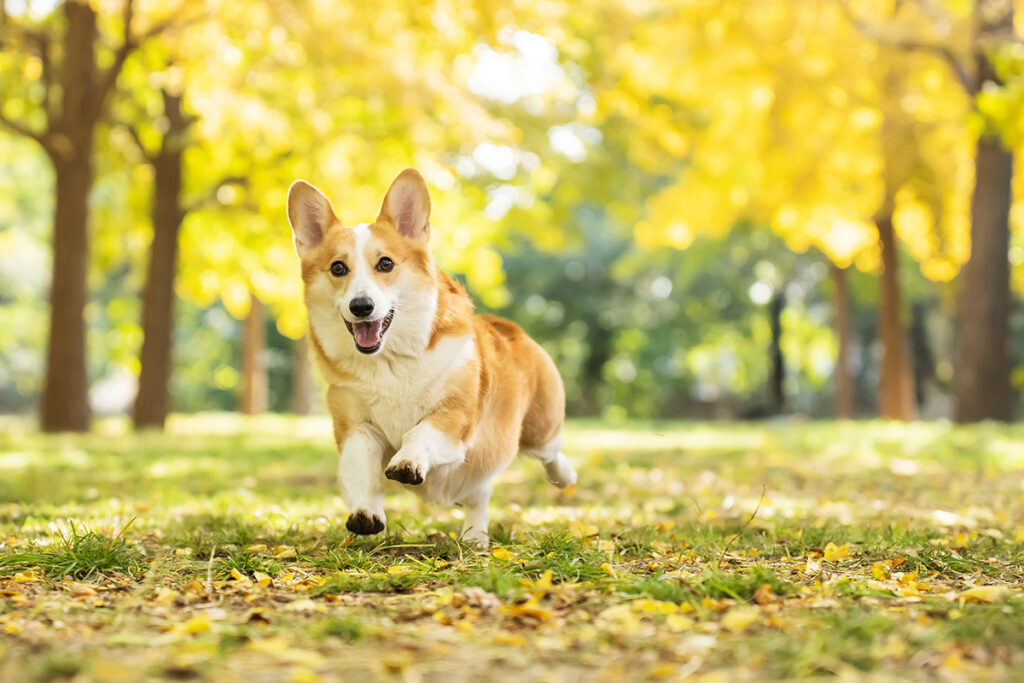
Images by Zhang Tianhang
Although they’re far less cooperative than human subjects, pets are some of the most fun subjects to photograph. Pet photography has quickly become an extremely popular genre. But even if you’re not passionate about it, knowing how to photograph pets is a good way to practice for better photography in general and grow your skills behind the camera. Pets are, after all, easily accessible and always excited for a trip to the park!
Whether you’re a beginner photographer trying to get gorgeous shots of your fur babies or a professional photographer that wants to expand their business to pet photography, check out these tips to capture better images of man’s best friend and more.
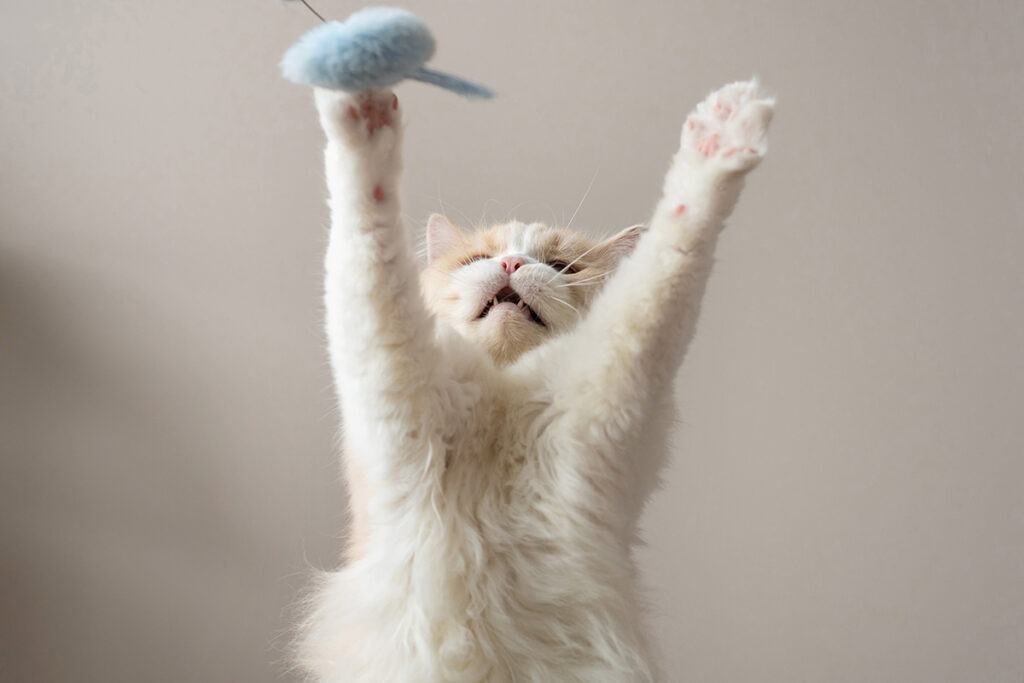
Find the right lens
Most photography genres have a few specific lenses that are most often used to get the best results and pet photography is no different. Considering loud noises can spook many pets, and it can be hard to get them to stay still, you want a lens that makes as little noise as possible that will allow you to capture images in vivid detail without motion blur. The Tamron A063 28-75mm f/2.8 VXD G2 lens is perfect for the job because the AF drive features an VXD motor that keeps things quiet, and it captures outstanding image quality. It also features a versatile focal length range and a wide aperture at f/2.8 allowing for faster shutter speeds meaning less motion blur! This makes the Tamron 28-75mm G2 lens great for capturing candid moments of pets when you’re far away or dealing with dogs that are camera shy and skittish since you can still get great shots from a distance. And with the 28-75mm G2, you can use the Tamron Lens Utility™ to customize your lens for your personal shooting style.
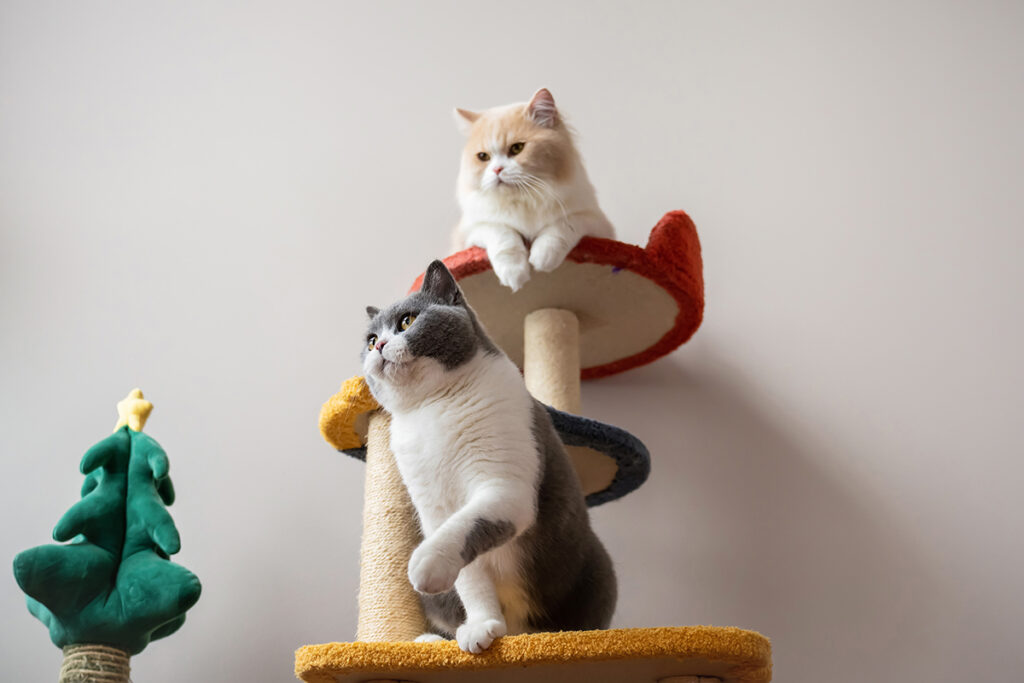
Use as much natural light as possible
When it comes to pet photography, you should try and use as much natural light as possible. Natural light is essential to capturing great photos of pets because flash bursts can scare animals, ruining the shot and potentially the whole shoot if they aren’t able to calm down. Strobes can cause an ugly red-eye effect so if you own a photo studio and want to attract more clients that want gorgeous photos of their pets, take the shoot outside. If shooting indoors is required, make sure you’re in a well-lit room with a large window, so there’s plenty of natural light.
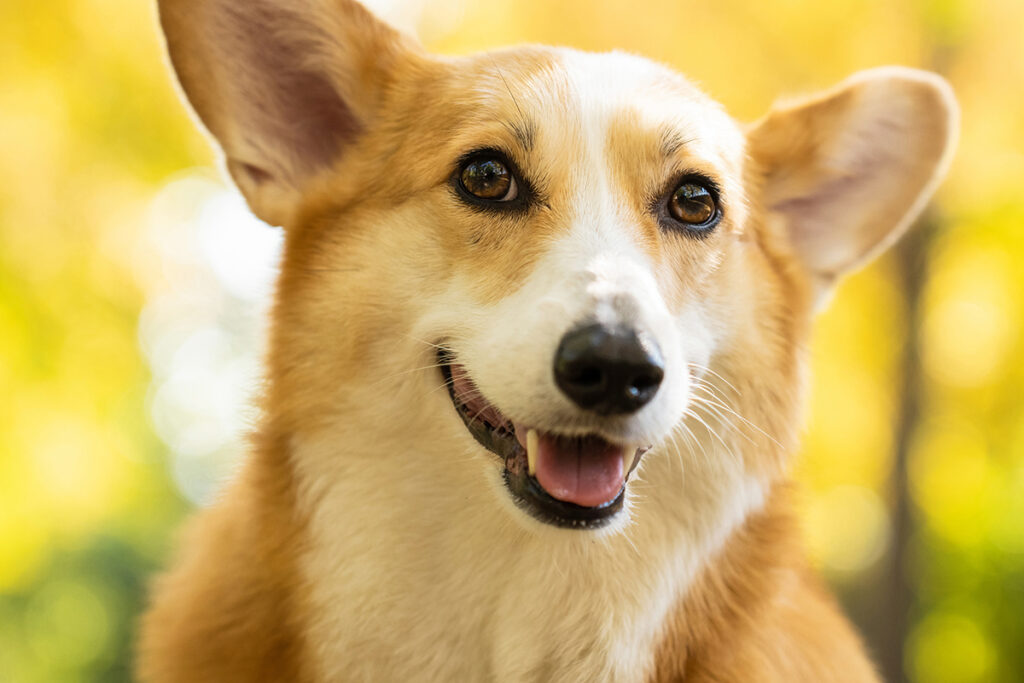
Time photo sessions when pets are tired
While the Tamron A063 28-75mm G2 lens can produce vibrant images with soft and defocused blur qualities, some pets may just be too hyper for you to get any kind of good static shot. The best way to counteract this is to time photo sessions when a pet is tired and has less energy. If you’re a beginner photographer, try taking photos of your pets after a long walk rather than right before bed. That way, you’ll have more natural light to work with and your subject will be more cooperative. If you own a photo studio, recommend your clients take their pet on a walk before their appointment.
Be patient
As previously alluded to, it can be hard to get pets to cooperate. But that shouldn’t deter you from having the patience needed to capture an amazing shot! You may want to start the shoot with action shots so pets can exhaust their energy at the beginning and then go for the more close-up and intimate shots as they calm down.
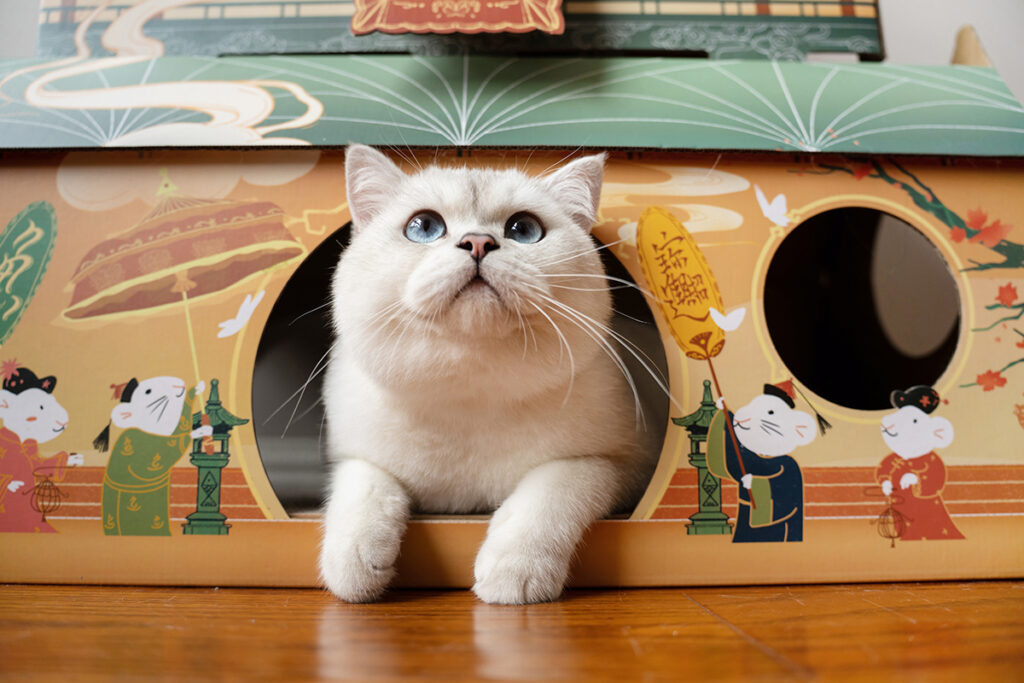
Be ready
You should be patient, but that doesn’t mean you should be idle or placid. A pet may have a cute yawn or strike a cute pose that you’ll only have seconds to capture, so always be ready to capture the moment.








